The art of fermenting cabbage into sauerkraut is a time-honored tradition in Germany, with its roots stretching back centuries. At the heart of this process lies the delicate dance of lactic acid bacteria, which transform simple shredded cabbage into a tangy, probiotic-rich delicacy. The fermentation cycle of German sauerkraut is a fascinating interplay between microbiology, time, and environmental conditions, resulting in a product that's as nutritious as it is flavorful.
When cabbage is finely cut and salted for sauerkraut production, it begins a remarkable biochemical transformation. The salt draws out moisture from the cabbage leaves, creating the ideal brine environment where beneficial bacteria can thrive while inhibiting harmful microorganisms. This initial stage sets the foundation for what German producers call the "spontaneous fermentation" process, where naturally occurring lactic acid bacteria on the cabbage leaves take center stage.
Leuconostoc mesenteroides typically dominates the early fermentation phase, usually within the first 2-3 days. This bacterium is particularly active at moderate temperatures between 18-22°C (64-72°F), conditions often found in traditional German cellar fermentations. As these bacteria multiply, they begin producing lactic acid, acetic acid, and carbon dioxide, which collectively create the characteristic sour flavor and effervescence of young sauerkraut while lowering the pH to create an increasingly hostile environment for competing microbes.
The middle phase of fermentation sees a shift in microbial dominance as conditions become more acidic. Lactobacillus plantarum and Lactobacillus brevis become the primary actors, continuing the acidification process. This transition period, typically lasting from day 4 through about day 7, is crucial for developing the complex flavor profile that distinguishes high-quality German sauerkraut. The temperature during this phase often needs careful monitoring, as traditional producers know that even slight variations can significantly impact the final product's taste and texture.
In the final stages of fermentation, the environment becomes increasingly acidic, with pH levels dropping below 4.0. This is when the most acid-tolerant strains, particularly Lactobacillus plantarum, complete the transformation. The complete fermentation cycle in traditional German methods typically takes between 4 to 6 weeks, though some artisanal producers may extend this period to several months for particularly nuanced flavors. The slow fermentation at cooler temperatures allows for the development of subtle flavor compounds that quick, commercial processes often miss.
Seasonal variations play a significant role in traditional German sauerkraut production. Many small-scale producers still time their fermentations with the autumn cabbage harvest, when cellar temperatures are ideal for the gradual fermentation process. This connection to natural rhythms and local climate conditions contributes to the regional variations found in sauerkraut across different parts of Germany, from Bavaria to the Rhineland.
The health benefits associated with properly fermented German sauerkraut are directly tied to this carefully orchestrated bacterial succession. The live cultures present in traditionally made sauerkraut have been shown to support gut health, boost immunity, and even enhance nutrient absorption. German research has particularly highlighted the bioavailability of vitamin C in sauerkraut, which was historically crucial for preventing scurvy during long winters before modern refrigeration.
Modern scientific analysis has confirmed what German sauerkraut makers have known empirically for generations - that the complete fermentation cycle allows for the development of a diverse microbial ecosystem. Studies comparing traditionally fermented sauerkraut with quick-processed versions show significantly higher probiotic counts and greater microbial diversity in the traditional product. This microbial complexity is now understood to be key to both the health benefits and the depth of flavor in authentic German sauerkraut.
Despite advances in food science, many German producers maintain traditional methods, believing that the slow fermentation process cannot be rushed without sacrificing quality. This commitment to time-honored techniques ensures that each batch of sauerkraut develops its full spectrum of flavors and health benefits, just as it has for generations in German households and small-scale commercial operations alike.
The fermentation vessels themselves play an often-overlooked role in the process. Traditional German stoneware crocks, with their porous nature and stable thermal properties, create an ideal microenvironment for the gradual fermentation process. Many artisanal producers swear by these traditional containers, claiming they contribute to the consistency and quality of the final product in ways modern stainless steel tanks cannot replicate.
As consumer interest in fermented foods and gut health continues to grow worldwide, German sauerkraut stands as a testament to the wisdom of traditional food preservation techniques. The complete lactic acid bacterial fermentation cycle, developed and refined over centuries in Germany, represents a perfect marriage of microbiology and culinary art - one that transforms humble cabbage into a nutritionally dense, flavor-packed food with remarkable staying power in our modern culinary landscape.

By Samuel Cooper/May 10, 2025

By Grace Cox/May 10, 2025

By John Smith/May 10, 2025
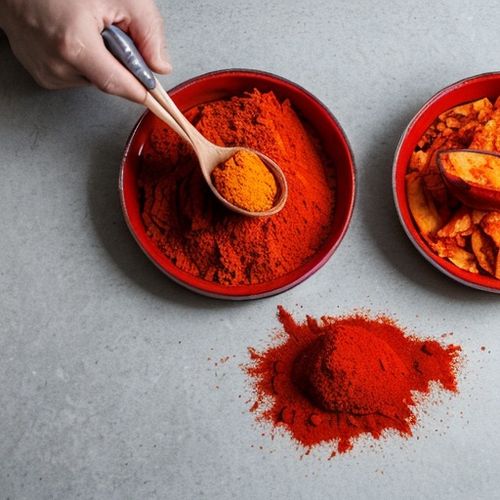
By Michael Brown/May 10, 2025

By George Bailey/May 10, 2025
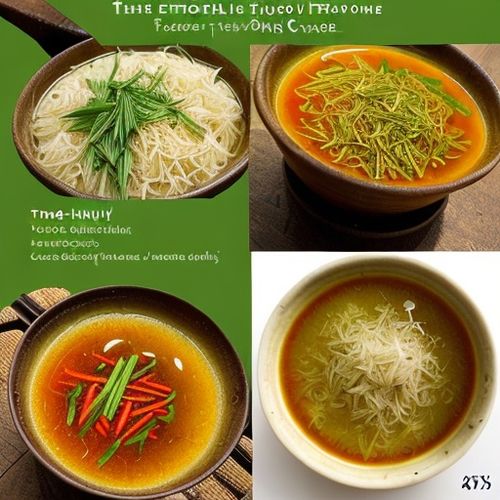
By Lily Simpson/May 10, 2025

By Emma Thompson/May 10, 2025
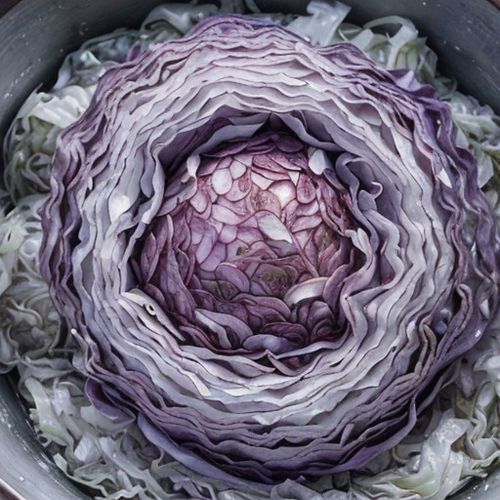
By Emily Johnson/May 10, 2025

By Joshua Howard/May 10, 2025
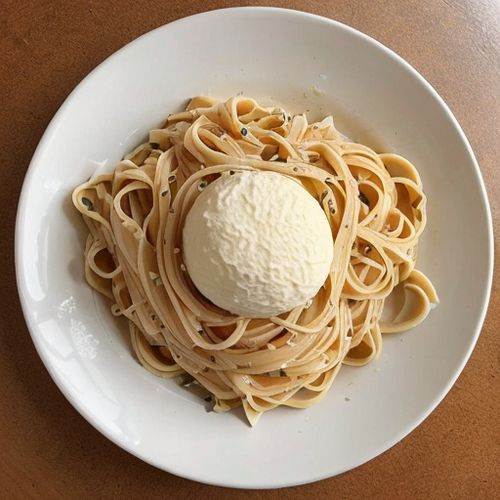
By Eric Ward/May 10, 2025

By Benjamin Evans/May 10, 2025

By Christopher Harris/May 10, 2025

By John Smith/May 10, 2025

By Elizabeth Taylor/May 10, 2025
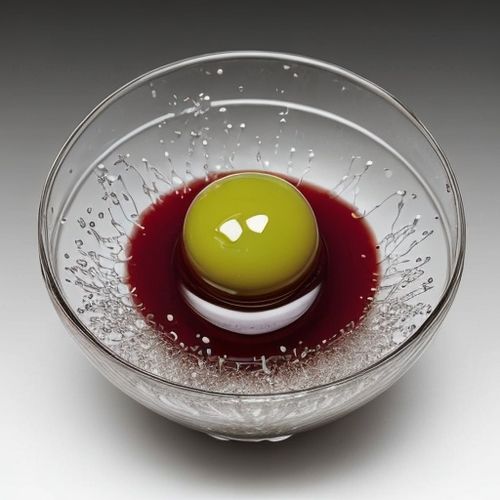
By Grace Cox/May 10, 2025